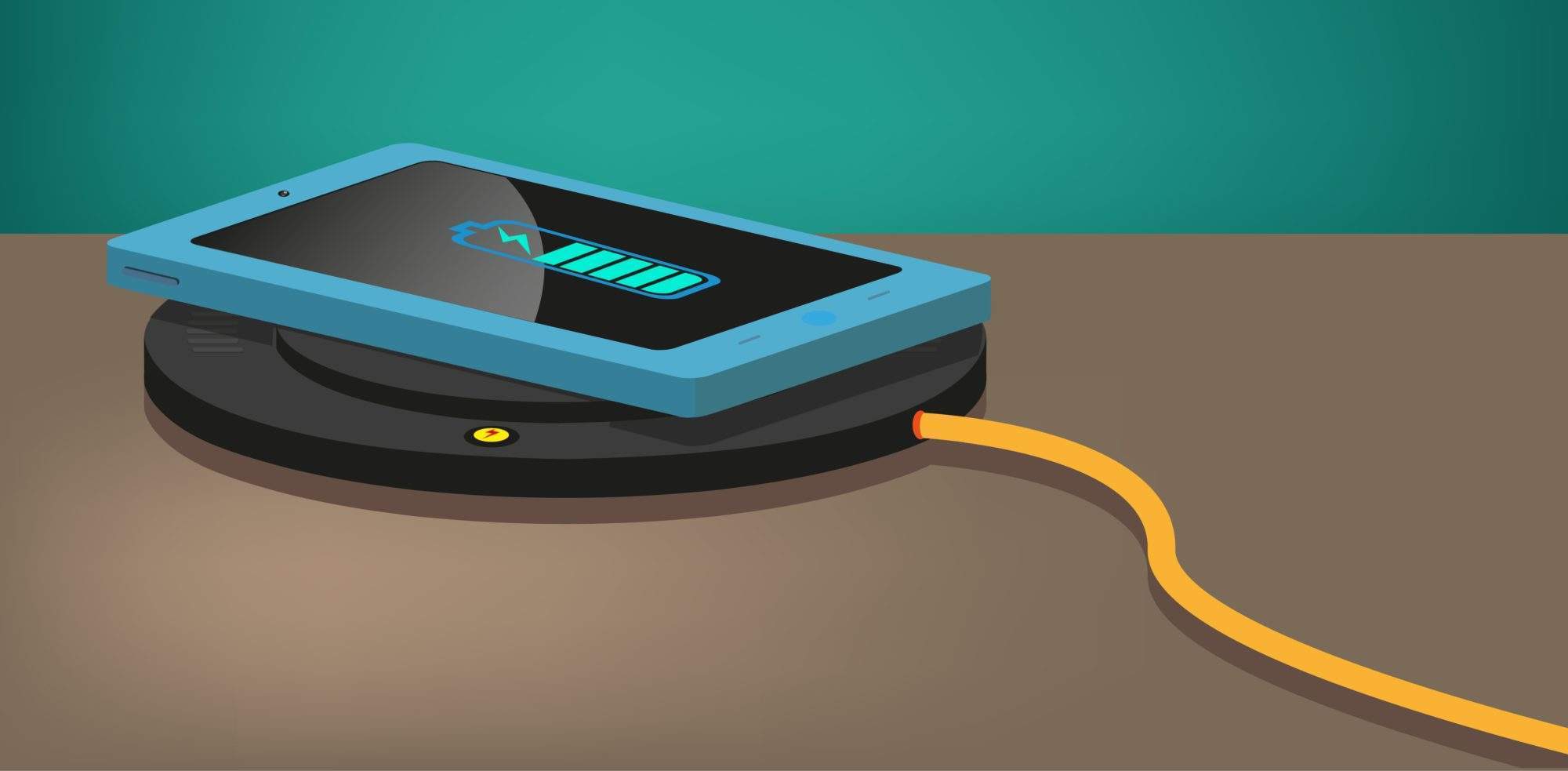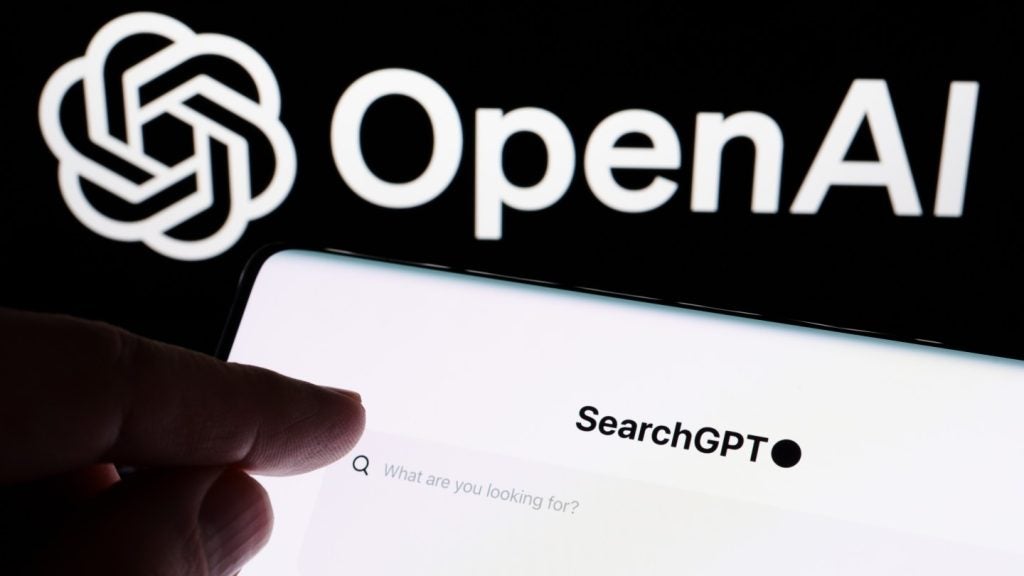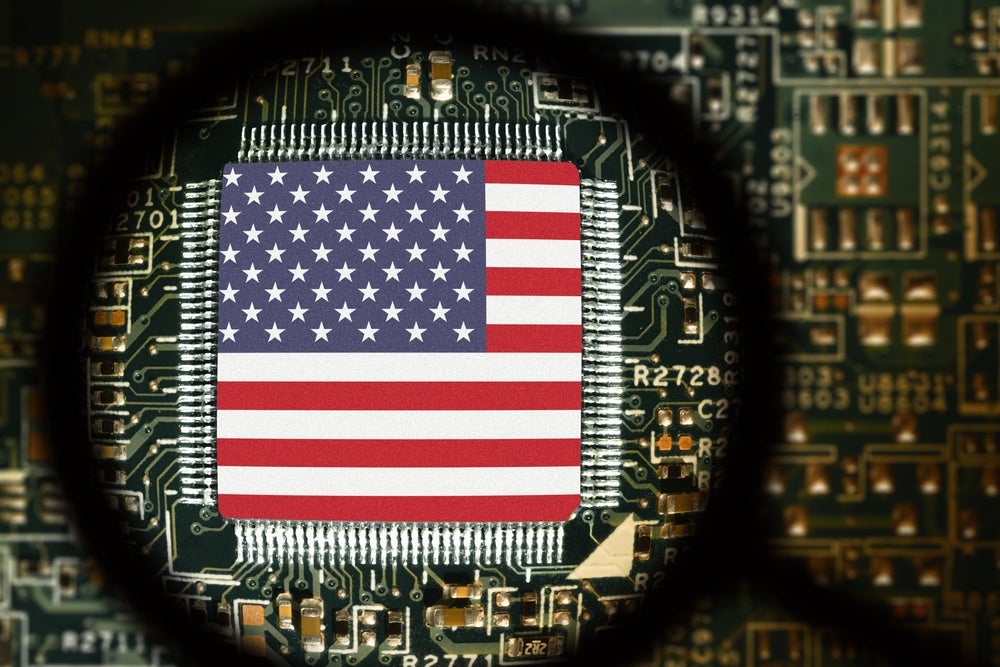
Wireless charging is moving out of the home and into the office. Driving that uptake is the ability for chargers to do more than just provide cable-free power to your phone.
Wireless charging, also known as inductive charging, removes the need for a cable when charging a device. Users simply place a phone or tablet onto a specially designed pad to begin the charging process.
As the workplace becomes increasingly mobile, flexible and connected, smart charging could carve an important role for itself in an office environment.
Removing the need for cables can save hassle while looking aesthetically pleasing, but is it worth office spaces adopting the technology?
Dan Bladen, CEO and co-founder of smart wireless charging provider Chargifi, believes it is – as long as there is added value for both employer and employee integrated into the charging solution.
“There are number of other technologies that can do a lot of this stuff. There’s just no value exchange for the user,” he said, speaking on a panel at the Future of the Connected Workspace.
“If you can influence how and when somebody gets access to power you’ve got the chance to enhance the rest of their journey.”
Improving office productivity with wireless charging
This added value referred to by Bladen can take a number of forms. Placing a phone onto a charging point integrated into a desk, for example, can trigger a number of actions that are useful for an employee.
In the office space that can be activating a video conference in a boardroom simply by placing your phone on the desk.
It can also activate lights, saving on office power, and alert a room booking system of your presence. Bladen says that all of these things can be used by a company to increase productivity.

Users can personalise these actions, which Bladen compares to having internet cookies in the real world.
“The World Wide Web can have cookies that enhance and can contextualise your experience and personalise that experience. How can the real world blend, fit around you as well? That’s what I would call smart; a shared intuition,” he said.
Chargifi’s wireless chargers do this with cloud connectivity. The company has been working with professional service provider Capgemini to offer these functions in an app that streamlines all of these office functions into one place.
Russell Lack, the managing enterprise architect at Capgemini, addressed the challenges of catering to a workforce that comprises very different age groups.
“In terms of millenials, they just expect things to work. I think what we’re working towards at Capgemini with our office experience is it should just work,” he said.
“It should be frictionless and seamless. What you see and do in the office should cause you no pain.”
Wireless chargers are on the rise
Sales of wireless chargers doubled in 2017 compared to 2016. Bladen told Verdict that Apple’s launch of wireless charging in its iPhone 8, 8+ and 10 last September was a key moment for the industry.
“It was the Betamax VHS moment for the tape recording industry. It was the Wi-Fi moment, with Centrino and Intel and then obviously with the iPhone for Wi-Fi,” he said.
In fact, Chargifi’s sales pipeline increased by 800% following Apple’s launch of wireless charging in its new products. Following this success, Accelerated Digital Ventures, Hewlett Packard Enterprise and firstminute Capital invested a total of £5m in April.
Jon Howell, business development manager, mobile engagement analytics and IoT at Aruba Networks, a HPE company, sees an opportunity.
“I see the digital workplace as a way to integrate the technology that’s in my pocket, which is hopefully doing as much as possible on my phone because that’s where I think most of us spend our working time, and let that device subtly manage my day,” he said.
The wireless charging market is set to be worth $25bn by 2023, according to consultancy Global Marketing Insights.
As well as targeting offices, Chargifi has rolled out its chargers in select commercial environments, such as Pret a Manger.
Data gathered from customers who are wirelessly charging can be compared with data from point of payment devices to get an accurate reading of footfall.
One hotel received a 64% increase in sales as a result of using the technology, largely from those staying at the bar longer while their phone reached sufficient charge.

Are smart wireless chargers secure?
Since the Cambridge Analytica scandal broke in March and the implementation of GDPR in May, the public have become increasingly wary of how companies collect, protect and use their data.
Providers need that data to create that personalised experience. Bladen highlighted that this exchange between user and provider is about “balance”.
“I guess to some extent it’s what value is being derived from what I give away as a user,” he told Verdict.
“But also, from a Chargifi perspective, we take this very, very seriously. Having a high percentage of our team being of a certain age where they really care about privacy, whether that’s millennials or older, for whatever reasons, the style of our team really cares about that stuff. So it’s woven into the DNA of the company.”
To address this, Chargifi does not collect any personal information. The company recently hired external hackers to ensure that they can’t be “brute forced” and that there are no data leaks.
Chargifi is looking to scale up its operations and provide wireless power from “phones to drones”. In the future, that could even involve wirelessly trickling power to devices while they are in your pocket, ensuring an office device is never out of charge.
“So whether it’s a BMW electric vehicle that needs to wirelessly recharge, or whether it’s an Amazon delivery drone that needs to touchdown on a building before its next journey, we believe that wireless power is going to do for power what Wi-Fi did for connectivity,” he said.







